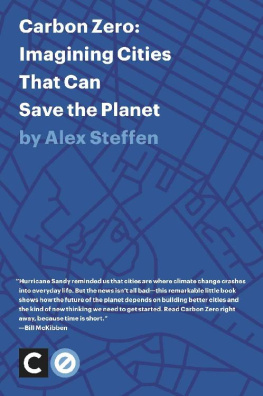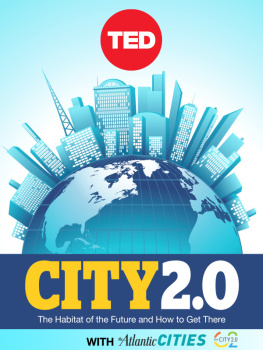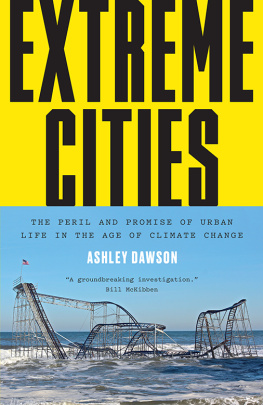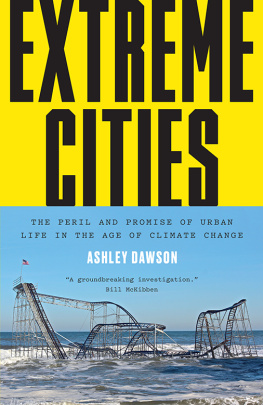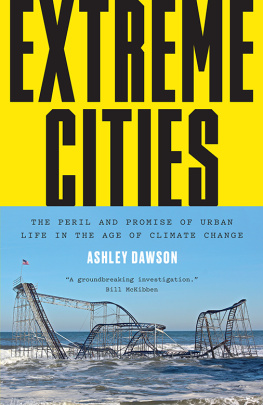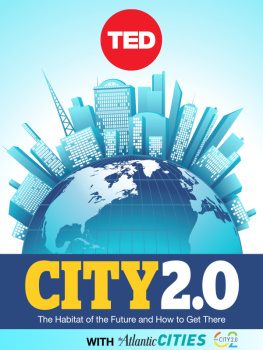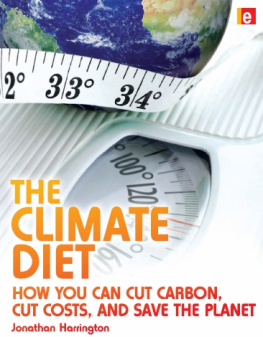Alex Steffen - Carbon Zero: Imagining Cities That Can Save the Planet
Here you can read online Alex Steffen - Carbon Zero: Imagining Cities That Can Save the Planet full text of the book (entire story) in english for free. Download pdf and epub, get meaning, cover and reviews about this ebook. year: 2012, publisher: Alex Steffen, genre: Romance novel. Description of the work, (preface) as well as reviews are available. Best literature library LitArk.com created for fans of good reading and offers a wide selection of genres:
Romance novel
Science fiction
Adventure
Detective
Science
History
Home and family
Prose
Art
Politics
Computer
Non-fiction
Religion
Business
Children
Humor
Choose a favorite category and find really read worthwhile books. Enjoy immersion in the world of imagination, feel the emotions of the characters or learn something new for yourself, make an fascinating discovery.
- Book:Carbon Zero: Imagining Cities That Can Save the Planet
- Author:
- Publisher:Alex Steffen
- Genre:
- Year:2012
- Rating:4 / 5
- Favourites:Add to favourites
- Your mark:
Carbon Zero: Imagining Cities That Can Save the Planet: summary, description and annotation
We offer to read an annotation, description, summary or preface (depends on what the author of the book "Carbon Zero: Imagining Cities That Can Save the Planet" wrote himself). If you haven't found the necessary information about the book — write in the comments, we will try to find it.
Denis Hayes, Earth Day founder and president of the Bullitt Foundation
Can planet Earth support 10 billion people? The answer depends on what happens to the worlds cities. Alex Steffen illuminates the strategies by which, in an age of climate and population changes, we can hope to innovate, act and prosper.
Chris Anderson, curator, TED conferences
Could help us find a way to survive and even thrive in the face of a planetary challenge that political leaders have been reluctant to face.
The Atlantic
Hurricane Sandy reminded us that cities are where climate change crashes into everyday life. But the news isnt all bad this remarkable little book shows how the future of the planet depends on building better cities and the kind of new thinking we need to get started. Read Carbon Zero right away, because time is short.
Bill McKibben
A deep and inspiring manual for imagining how our cities can become the solution to our climate woes.
Grist.org
Carbon Zero shows us how rethinking cities can enable us to cut emissions, bring nature back into our communities and build a constructive path forward into the future. Please read this important book. Its time to get to work.
Mark Tercek, President and CEO, The Nature Conservancy
Redefines what being a successful city means in a rapidly warming and increasingly urbanized world.
Treehugger
Carbon Zero is a short, clear, optimistic look at how cities can succeed in the age of climate consequences. Its about changing how we grow our cities, so we can seize a better future. Whether your main concern is the future of your neighborhood or the future of the planet, this is a book you need to read.
The climate crisis is upon us, its massive and its getting worse quickly. We must make bold and rapid reductions in our climate emissions. In fact, in just the next couple decades we must achieve net-zero climate emissions. That target, zero carbon, presents a stupendous challenge.
Our cities, though, give us amazing opportunities to reduce our climate emissions while improving both our economy and our communities.
Solutions abound. From cutting edge green buildings to more walkable neighborhoods, new walkshed technologies to green infrastructure, the sharing economy to the reconnection of urban places to rural nature, we have a tool chest of approaches that can make our lives frugal in energy but abundant in wealth and quality of life. If we bring the best solutions together in our cities, we can build cities that can lead us into the zero-carbon future.
We cant build, though, what we cant imagine. Carbon Zero takes on the task of imagining how all these innovations might work together, and gives you the tools to reimagine the possibilities of your city. Its not a blueprint. Its not a manifesto.
Carbon Zero is an invitation to imagine winning the climate fight.
Alex Steffen: author's other books
Who wrote Carbon Zero: Imagining Cities That Can Save the Planet? Find out the surname, the name of the author of the book and a list of all author's works by series.

